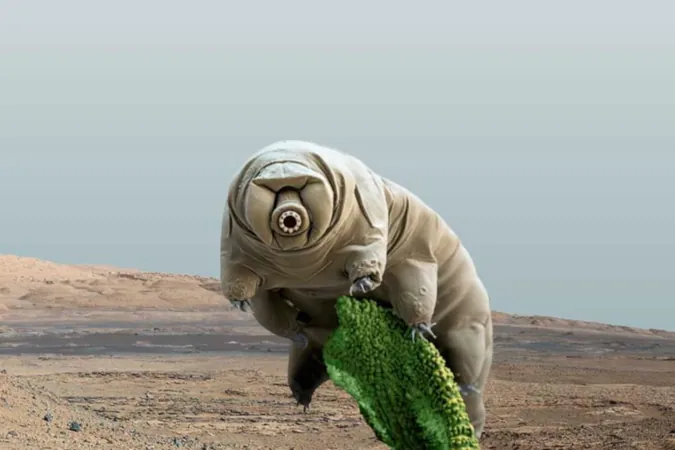
Only the Toughest: Earth Creatures That Could Survive on Mars!
2025-09-21
Author: Amelia
Mars—a harsh and unforgiving world where survival seems nearly impossible for Earth’s creatures! With an average surface temperature plummeting to a bone-chilling -63°C (-81°F), it’s hardly a vacation destination. Unless you’re at the equator during summer, don’t expect warmth anytime soon.
Adding to the misery, the atmospheric pressure is akin to being 35 kilometers (nearly 115,000 feet) above sea level—far beyond the cruising altitude of even the highest-flying jets! The air is primarily carbon dioxide, with only a whisper of oxygen, which humans and many Earth creatures would find lethal.
And let’s not forget about radiation—on Mars, levels are a staggering 400 times greater than what we experience here at home. Liquid water? A rare sight, with only salty trickles appearing occasionally.
Yet, surprising evidence shows that a few resilient Earth organisms might just have a fighting chance.
Between 2008 and 2016, the European Space Agency conducted mind-boggling experiments aboard the International Space Station, simulating Martian conditions on various organisms and seeds. The toughest of the bunch? Tardigrades, certain fungi, and bacteria that persevered for over a year—but only in a dormant state, like spores or cysts.
Lichens and algae turned out to be even more intriguing. Some demonstrated minimal metabolic activity when partially shielded from radiation, hinting that if they could burrow into Martian soil or hide in rocky crevices, they might just cling to life!
In a groundbreaking 2024 study, Chinese researchers revealed that desert moss, specifically Syntrichia caninervis, could endure Martian-like conditions. Although it survived and even revived after a week, the moss didn’t show any signs of metabolic activity—like producing oxygen—in its temporary Martian habitat.
But there’s more to the story.
Mars’s soil is fraught with perchlorates, nasty oxidizing agents lethal to cells, causing DNA damage. When exposed to the planet’s harsh ultraviolet light, these compounds become even more menacing. The Chinese study ingeniously omitted perchlorates from their simulated environment—had they included them, they likely would have wiped out the moss!
Interestingly, some fungi and certain bacteria can tolerate perchlorates and even use them as an energy source, breaking them down into harmless byproducts. However, these hardy organisms still need water and warmer temperatures to thrive.
On Earth, we use various preservation methods to inhibit bacteria and fungi—freezing, dehydrating, UV sterilization, brining, and vacuum-sealing. Mars, in its own way, achieves this sterilization all at once!
This inquiry stems from Robin Mason in Manchester, pondering whether anything from our blue planet could withstand Martian conditions. And while these Earthlings show potential, true survival on Mars is still a daring dream.
For more captivating science insights or to ask your questions, reach out to us on social media!
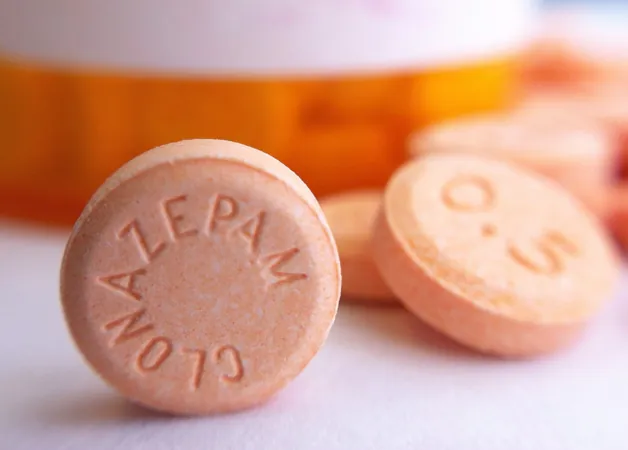


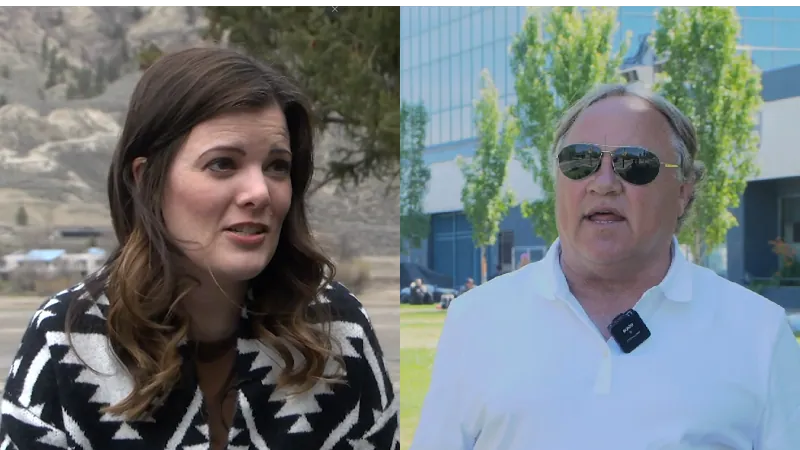
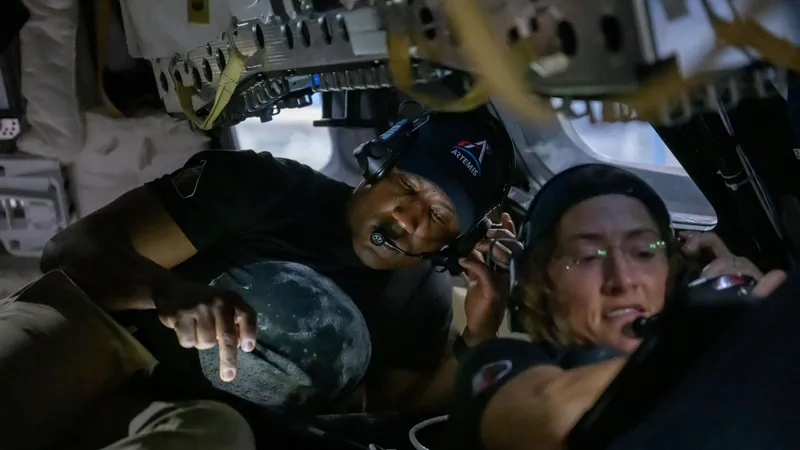
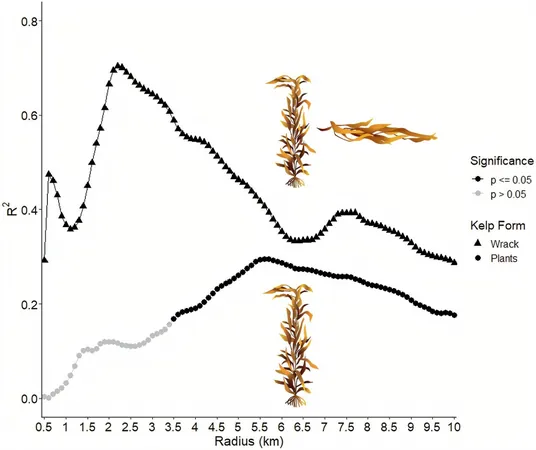



 Brasil (PT)
Brasil (PT)
 Canada (EN)
Canada (EN)
 Chile (ES)
Chile (ES)
 Česko (CS)
Česko (CS)
 대한민국 (KO)
대한민국 (KO)
 España (ES)
España (ES)
 France (FR)
France (FR)
 Hong Kong (EN)
Hong Kong (EN)
 Italia (IT)
Italia (IT)
 日本 (JA)
日本 (JA)
 Magyarország (HU)
Magyarország (HU)
 Norge (NO)
Norge (NO)
 Polska (PL)
Polska (PL)
 Schweiz (DE)
Schweiz (DE)
 Singapore (EN)
Singapore (EN)
 Sverige (SV)
Sverige (SV)
 Suomi (FI)
Suomi (FI)
 Türkiye (TR)
Türkiye (TR)
 الإمارات العربية المتحدة (AR)
الإمارات العربية المتحدة (AR)